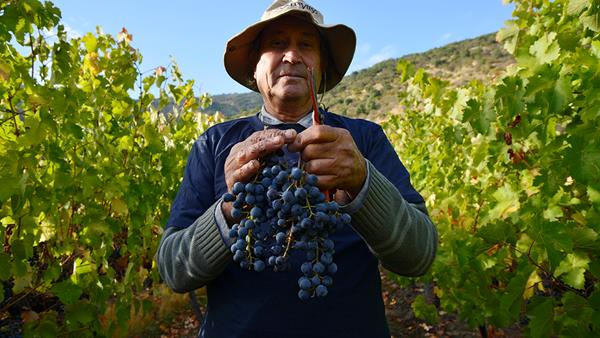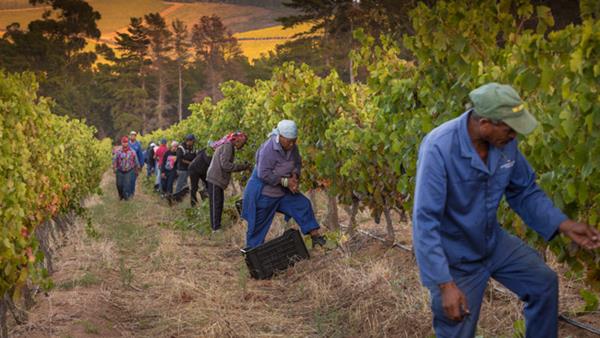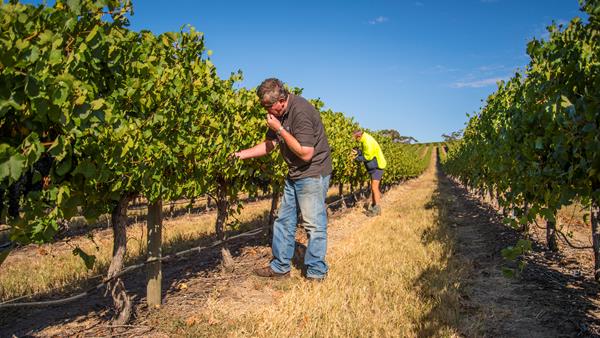Harvest 2018: South Africa
This year’s struggles in South Africa should come as no surprise to the wine trade – with serious drought in the Western Cape affecting both natural supplies of water and government allocations.
“The 2018 harvest has been the most challenging I have ever known,” says Bibendum buyer for South Africa Paul Meihuizen. “The official figures at this stage indicate that the overall crop will be down by 15%. Cooler-climate regions like Elgin and Walker Bay, as well as certain sub wards in Stellenbosch, were less affected with only slightly lower to average crop sizes this year. The dryland Swartland region has been the worst affected, with crop sizes down by up to 50% - and even higher in certain areas.
“Although down in volume, I am expecting the quality to be fairly good this year, especially on the white wines that could be harvested early. Reds are shaping up well despite the challenges and smaller yields. Later-ripening varieties were more challenging but are of good quality. We can expect alcohol levels to be lower this year.
“The challenge for South Africa going forward will be linked firstly to how wet the winter is in 2018, as some serious rainfall is needed to replenish the main storage dams. Secondly, it will be down to what the damage, if any, has been caused to the vines due to this year’s dry conditions,” Paul says.
Creation cellarmaster Jean-Claude (JC) Martin is positive about the 2018 vintage for their site on the lofty Hemel-en-Aarde Ridge.
“The harvest started on schedule and we had perfect amounts of rain, just enough to keep the vineyards happy and not under too much stress,” he says. “The Chardonnay, Sauvignon Blanc and Viognier grapes are reaching the cellar in prime condition, with no big variances in volume when compared to last year’s yields. All of the Pinot Noir is now in and although the yield has dropped by some 20% from 2017, quality increased this year.”
“This has been one of our most challenging vintages in recent years due to the extreme drought conditions persisting in the Western Cape,” says cellarmaster Pieter Ferreira. “However, conditions were promising during the run up and early summer was warm and dry, with very healthy conditions and no disease pressure.”
This year’s heat wave, combined with the severe drought conditions and limits on irrigation, made it difficult to keep vineyards in balance at Graham Beck. Cool temperatures in February helpfully slowed down ripening, leading to an extended 28-day harvest period – one of the longest in this Cap Classique producer’s 28-year history! Thanks to this, natural acidity levels were well preserved and the aromas in the wines are intense. After tasting the base wine components, Pieter and winemaker Pierre de Klerk are particularly excited about the Chardonnay, which has great aromas, bright acidity, good texture and great mid-palate weight.
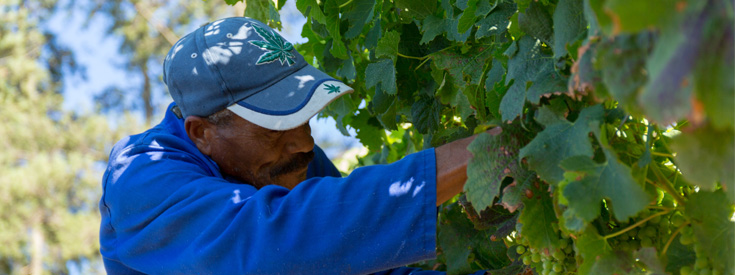
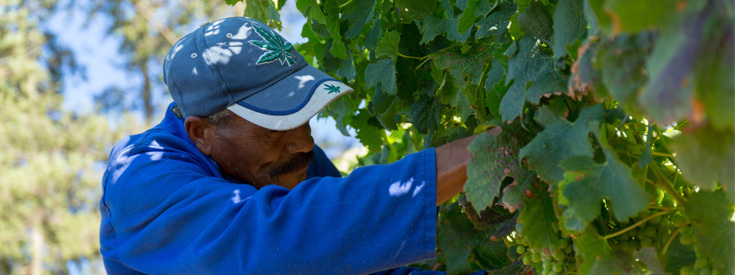
Sporadic rainfall during spring and summer provided some relief for Journey’s End’s vineyards, which suffered, like the rest of the Cape, from severe drought this year. The annual rainfall for 2017 was below average for the third consecutive year, and only 600mm of rain fell over the farm in comparison to the normal 800mm.
The ripening period was met with temperate conditions, mild temperatures and light breezes – differing drastically from 2017, which had a number of heat waves and very strong winds. These conditions allowed for longer hang time and thus harvest was later than usual. This was also one of the longest harvest periods Journey’s End has experienced.
“The ongoing drought brought about another exceptional vintage at Journey’s End in 2018,” says director Rollo Gabb. “The berries were small and had very concentrated flavours (with very little water present to dilute flavours) and the bunches were also far lighter than previous vintages.
“Minimalist winemaking was the name of the game this year with extremely small, concentrated berries that could potentially create highly phenolic and extractive wines. The white grapes were pressed very gently, minimizing phenolic extraction and lessening the risk of juice browning and bitterness. Our red wines were also treated very gently, keeping them soft with a balanced tannic structure. Red colour uptake was intense and immediate due to the high skin to juice ratio from smaller berries, and nice high natural acidity. The correlating low pHs produced very clean refined wines with great linearity and elegance.”
“The picking teams set off with their secateurs on 6 February this year – a full 12 days later than in 2017. It was our latest start in 13 years,” says winemaker Tertius Boshoff. “Warmer conditions led to quick ripening and the harvest team had their hands full taking in one third of our entire grape harvest within 10 days!”
Tertius is quick to emphasise the severity of the drought, with irrigation dams completely out of use this year. However, the vineyards have found ways to adapt to the conditions. The 2017 winter was very dry but still cool, so the slow temperature rise with summer onset allowed for slower, gentler ripening. The cool canopies of the bush vine Chenin Blanc gave welcome shade to protect the grapes from sunburn as the heat grew.
“Quality from dryland vineyards harvested from our properties looks exceptional, despite the drought,” says Tertius. “Analyses on the juice are promising and the wines that have finished fermentation are delightful little fruit bombs. 2018 is definitely the year of the viticulturist and winemaker.”

